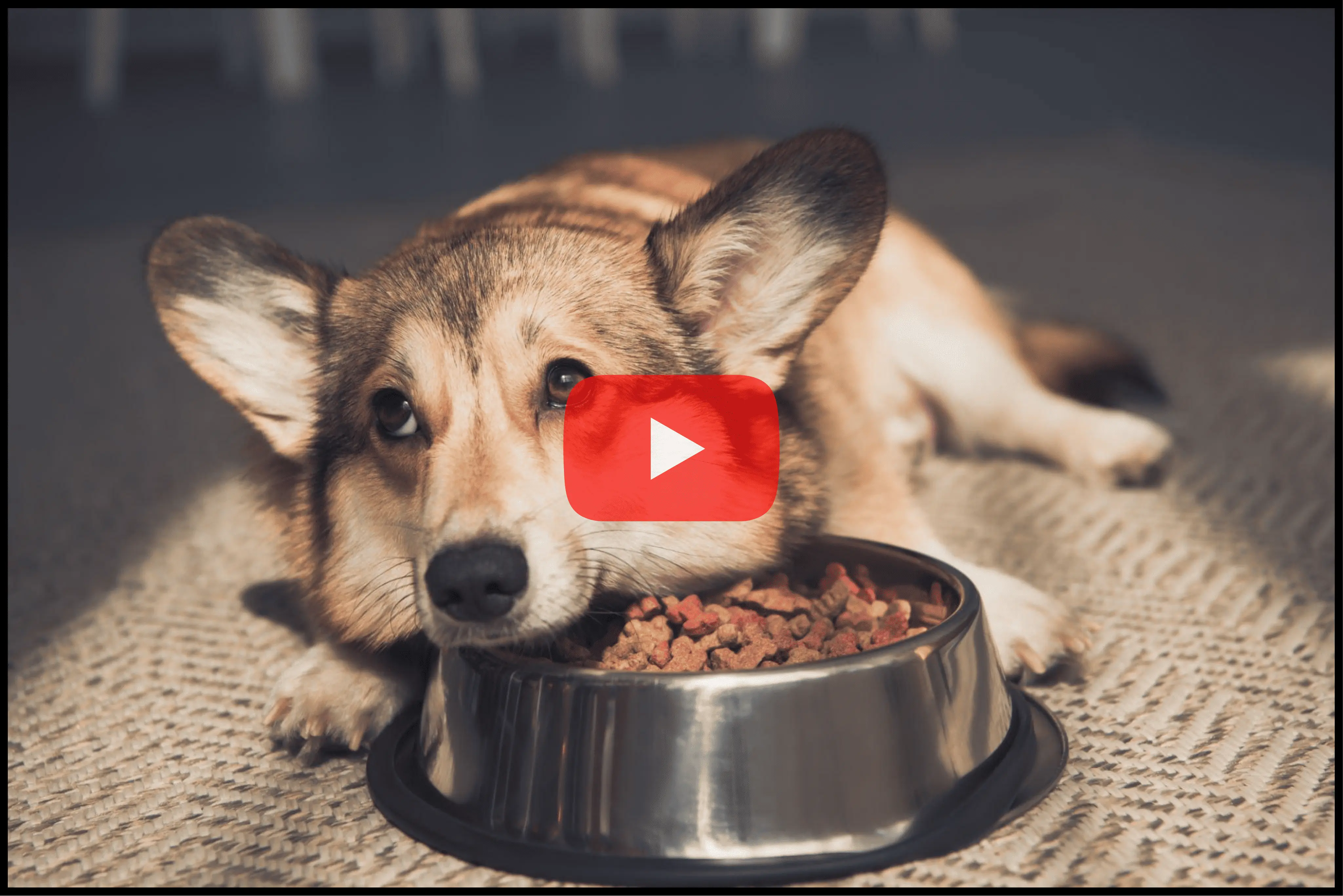Is Your Dog's Life Being Cut Short?
If you're feeding your dog a popular commercial pet food, there's a high chance that it's harming their health.
Don't be fooled by marketing claims that promise a "complete and balanced diet." Many popular pet foods make these claims, but they're still loaded with unhealthy ingredients.
Recent studies have revealed that many popular pet foods are loaded with unhealthy ingredients, including artificial fillers, by-products, and artificial preservatives and colors. These ingredients can lead to weight gain, joint pain, and other serious health problems in dogs.
As pet owners, we want nothing more than the best for our furry friends. But did you know your dog could be suffering needlessly because of what's really in their food? Leading experts warn the problem is more widespread than most owners suspect. Major veterinary schools and even the FDA have backed up these concerning findings with their own research.
The good news is, veterinarians have identified a natural solution they call a "life-changing discovery" Early evidence shows it has the power to potentially reverse damage and add precious extra years to a pet's lifespan.
As a fellow dog lover, my goal is simply to raise awareness - not spread fear. I want all owners to feel empowered making the best choices for their pet's long-term wellness.
I urge you to watch this critical video presentation by leading veterinarian Dr. James Thomas. In this video, he talks about the hidden dangers in pet food that could be shortening your dog's lifespan, and what you can do to protect them. Watch the presentation now and arm yourself with knowledge that could save your best friend's life. Their well-being is in your hands - but only if you take action today.
